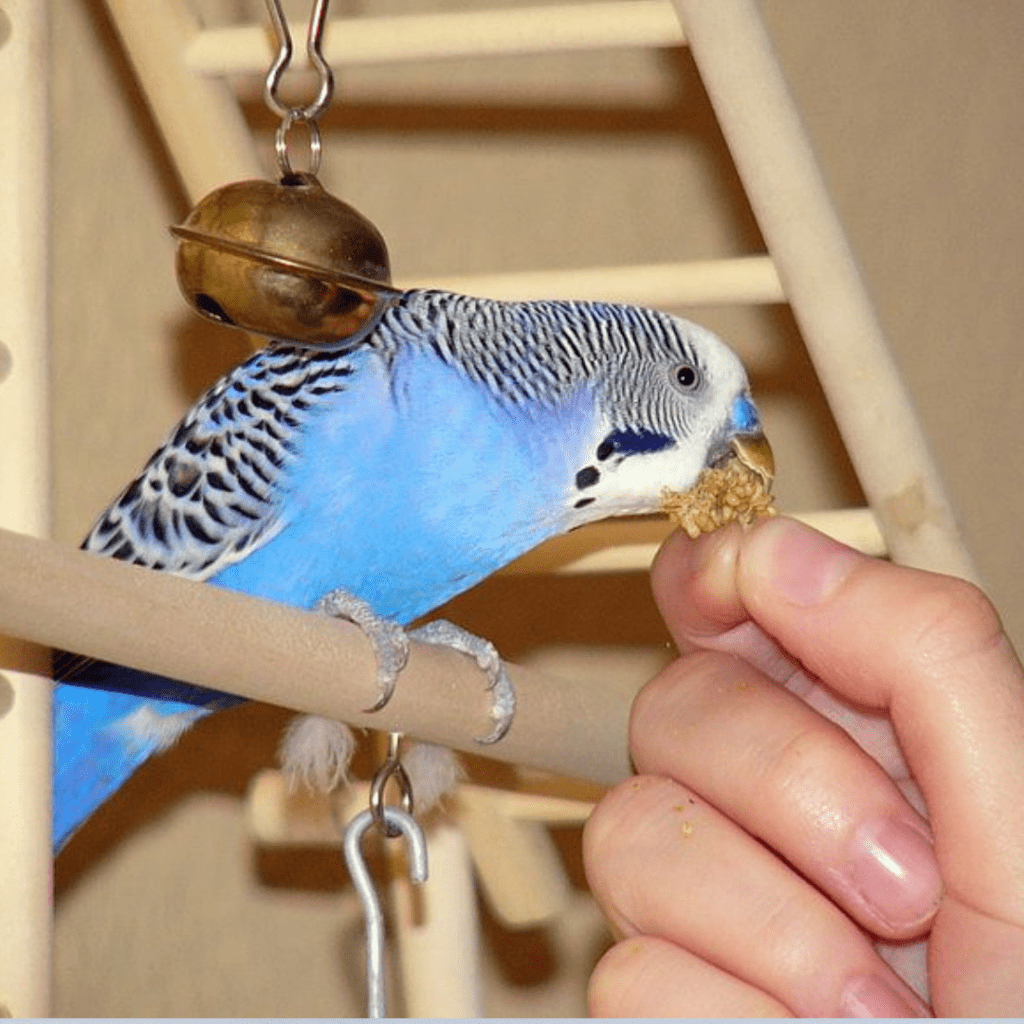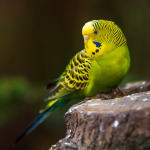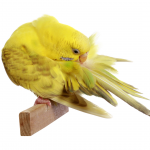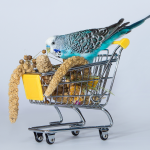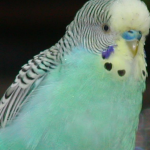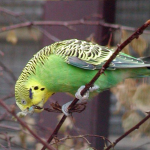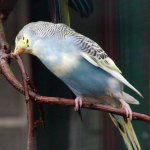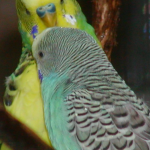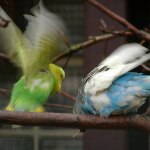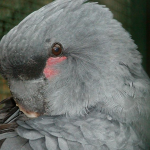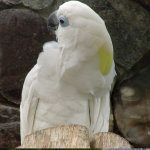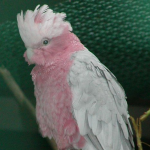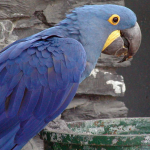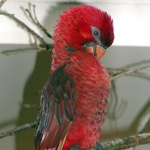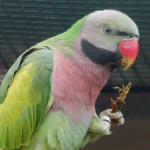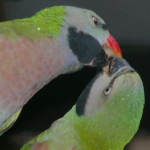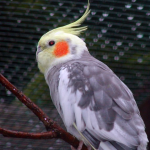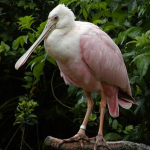Preface
Taming, or rather trying to tame, budgerigars is not always easy. It is therefore advisable to purchase a budgerigar first and only later a second one. Older birds may never become tame. However, some become trusting and lose their shyness.
Top priority: Patience!
Taming always takes two – you and your budgie. Everyone must be willing to focus, observe and respond to what is ahead. However, you cannot ask that of the budgie. So everything depends on them. The budgerigar can affect taming only because of its character. If he is rather brave and curious, you will surely succeed faster, if he is shy and a little "scared cat" it will be more problematic. Show patience and perseverance.
1. Location of the cage
The budgie feels most comfortable when he can look down from above. This does not mean your bird's arrogance. You probably don't like being stared down by the "giant" either. Place the cage at eye level and approach it with an announcement of a whistle. So he won't be startled if you suddenly stand in front of the cage and he hasn't noticed you.
2. Favorite food
You should find out what your budgie prefers to eat. Often it is the so-called millet millet, but sometimes also rusks, pieces of apple or other sticks. Give your favorite food only in small portions. About two hours before taming, you should completely abstain from it.
3. Taming start
It makes sense to start taming as soon as the budgerigar is no longer afraid of them. Signs of this are:
- tight plumage
- rigid sitting on the bar
- fluttering around wildly
In that case, talk to him from a safe distance. If you have to work on the cage, explain step by step what you are doing there, such as:
- "I want to change the food now" or
- "Now I'll fill you up with fresh water."
That may sound silly, but it does a lot. The budgie gets used to your voice. So speak in a calm and relaxed tone. Over time, he loses his fear.
4. Taming Time
The best time to start taming is in the evening hours. The bird is then a little tired and calmer.
5. First attempt at feeding
First hold his favorite food in front of the bars of the cage, wait until he approaches and eats himself. You can soon see how he fights with his "inner bastard". I've seen budgies rub their beaks the way a human rubs their stomach when hungry and hungry.
You can help by removing the food about three hours beforehand.
IMPORTANT: The three hours should not be exceeded. Prolonged food deprivation can lead to irreparable organ damage. Therefore, you should rather limit the withdrawal of food to two hours. Unless the feeding attempts remain unsuccessful after many attempts.
6. Feeding experiment in the cage
If you are already enjoying the first success with feeding at the bars and your budgie comes faster and faster to the edge of the cage or even waits at the edge for its food, you can try the next step. Open the cage door and try to put the hand with the food inside. Don't approach the bird, just wait for its reaction.
IMPORTANT: Make sure he doesn't fly out of the cage.
7. Hand feeding
Once your budgie is used to the feeding attempts described above, place the food in the palm of your hand. In the beginning further forward, later further back. In the beginning he should at least be able to touch his body with his hand, and then later step on it to get the food.
8. Closed hand
Now you can hold your favorite food in your closed hand so that the bird has to peck out the seeds and sit on your outstretched index finger. It may also be that he now comes onto your hand without lining. But then give him a small reward afterwards.
9. Play
Play "Stairs" with him. He should now climb from finger to finger. Only when he is completely used to your hand should he experience his first trip outside of the cage. It is advisable to lead him around the room the first time and put him back in the cage. If he unexpectedly flies off your finger, stay calm and don't urge him to climb onto your finger. Alternatively, a perch can help. Don't make the mistake of chasing him. Hard-won trust can be destroyed in seconds. If he gets hungry, he flies back into the cage on his own. His favorite food in the cage can help.
10. Taming a second budgie
Taming two budgies is extremely difficult. If you want to keep a pair, first acquire one bird, tame it and only then bring in the second bird. The new one will learn a lot from its conspecifics. He realizes that he doesn't have to be afraid of them. However, you should be aware that multiple birds do not become as trusting as single birds. But if you don't have time, you don't need to have such a bad conscience, because you now keep the birds more species-appropriate (kept in pairs).
Conclusion
With a lot of patience, perseverance and love, you can certainly achieve your goal. Remember, nothing gets done with violence. It is important to build friendships on trust.

Passionate "phone clipper". Currently with mine Samsung Galaxy S22 Ultra. A great phone with XNUMX TB of storage. Lots of space for experiments. My favorite subjects are plants, Eat & drink, animals, Buildings and Landscapes.
Otherwise, I like to spend my time in nature and sometimes hang out on the PC, with a cozy round Civ or Star Citizen, away. A series is also often sought after on the couch in the evening.

